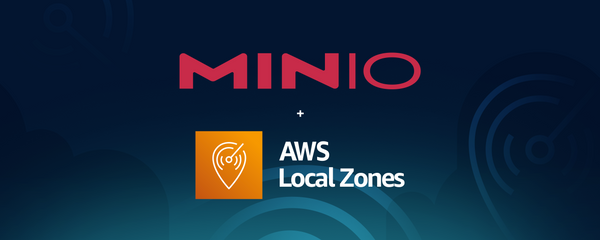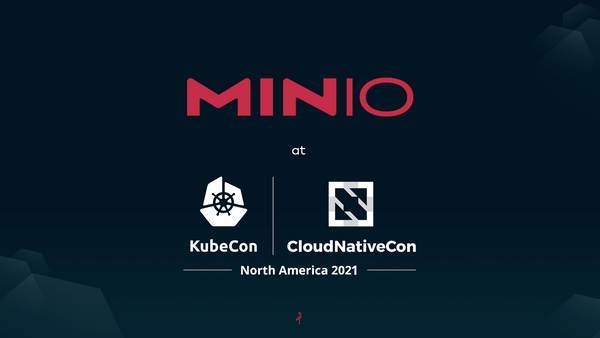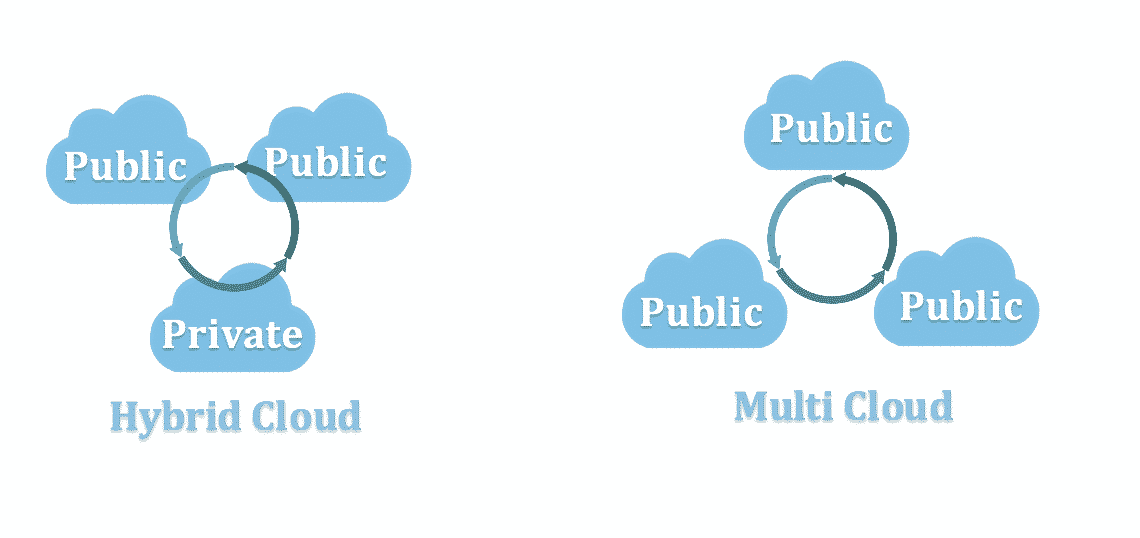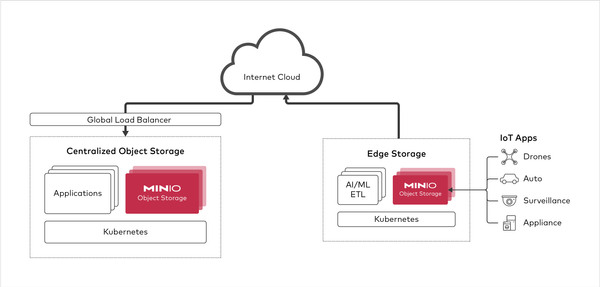Gone [to Prod] in 60 Seconds
![Gone [to Prod] in 60 Seconds](/content/images/size/w600/2024/09/gonetoprod-in60seconds-noeyes.jpg)
In this post we’ll show you how quickly you can get a production grade of MinIO cluster up and running in just a few seconds. Not only that, but we’ll also show you how you can expand that cluster quickly in just a few seconds as well.
Read more






